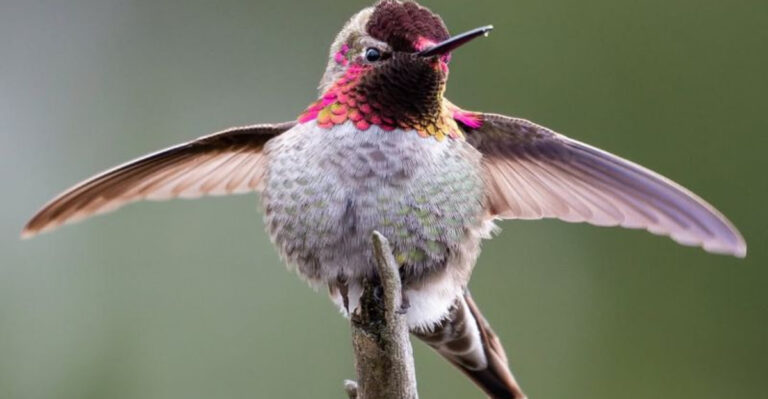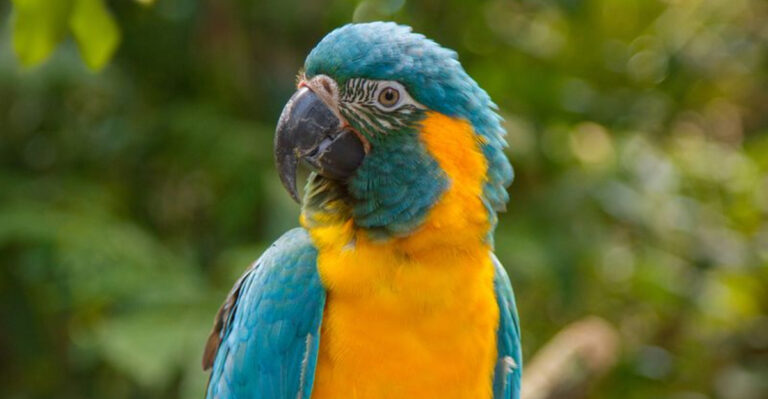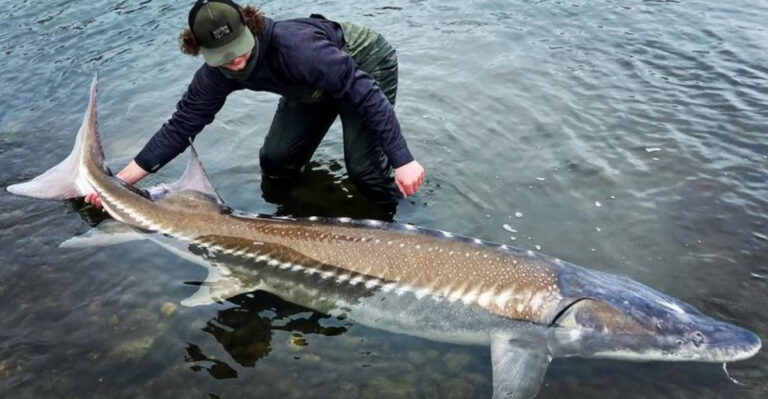12 Interesting Facts About Pangolins
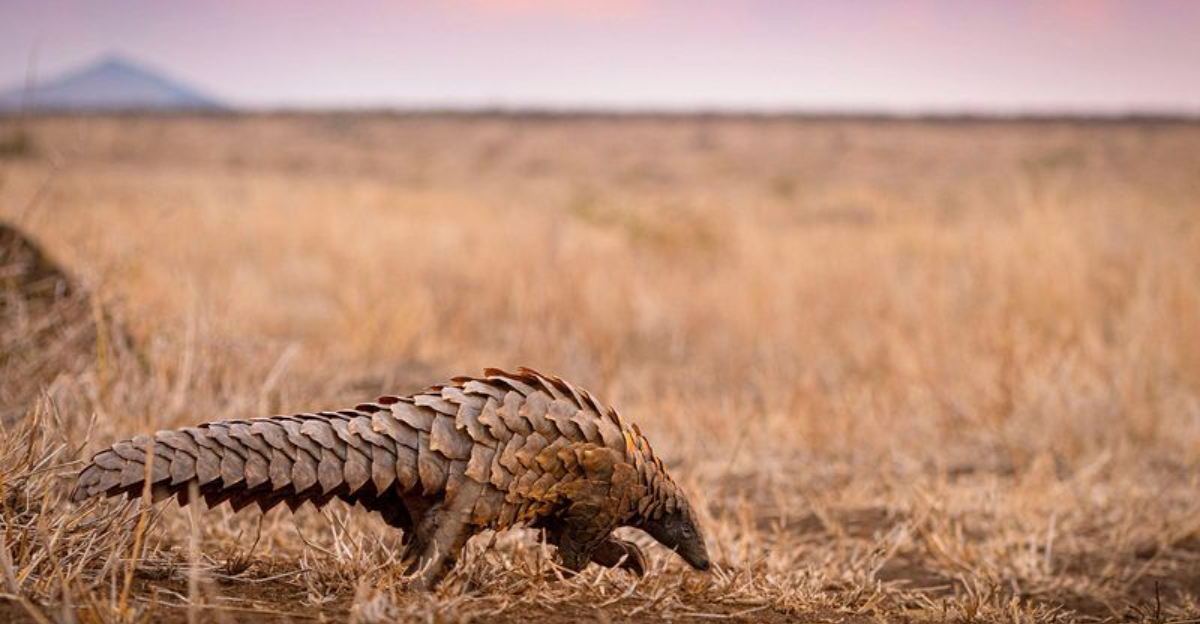
Prepare to be amazed by the wondrous world of pangolins, the most trafficked mammals on the planet. These unique creatures, often misunderstood and surrounded by mystery, offer fascinating insights into nature’s creativity.
From their armor-like scales to their remarkable habits, pangolins are a testament to evolutionary marvels.
Let’s explore facts that will leave you both educated and enchanted with these incredible beings.
1. Pangolin’s Natural Armor
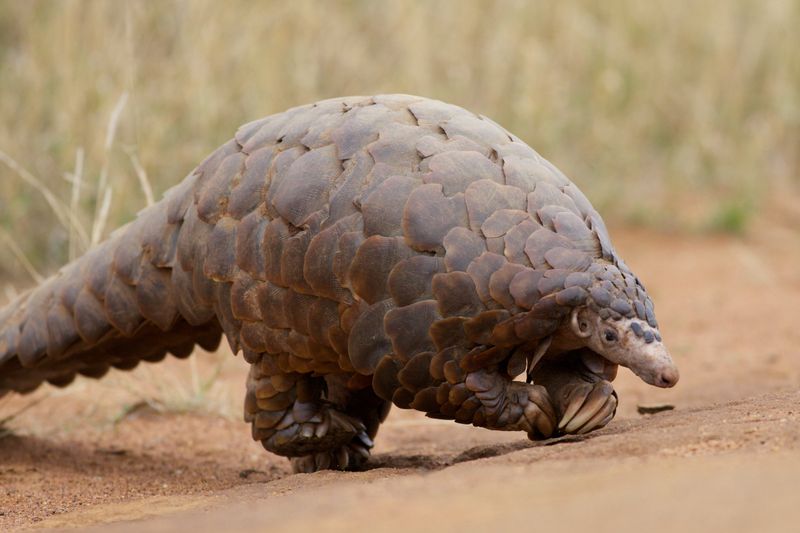
Pangolins are nature’s knights, donning armor made from keratin, much like human fingernails. This overlapping scale design is not just for show; it’s their primary defense against predators. When threatened, a pangolin can curl into a tight ball, its scales acting as a formidable shield. In fact, this defense is so effective that even big cats like lions struggle to get through.
These scales are the only externally visible characteristic linking pangolins to their distant relatives, armadillos, and anteaters. However, unlike these relatives, pangolins are unique in their solitary nature and specific diet of ants and termites.
Astonishingly, the scales make up 20% of a pangolin’s total weight, underscoring their importance in survival. The strength and utility of these scales have unfortunately made them a target in illegal wildlife trade, as they are mistakenly thought to have medicinal properties in certain cultures.
2. Pangolin Tongue Extravaganza
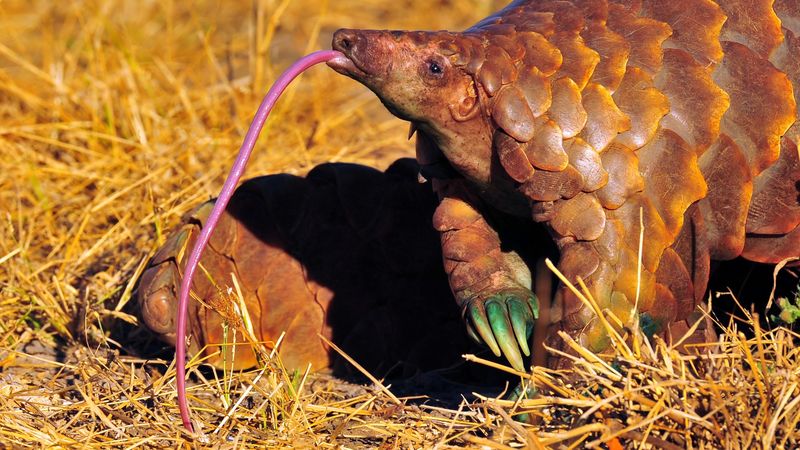
Imagine having a tongue longer than your entire body! Pangolins boast this extraordinary feature, with tongues that can extend up to 16 inches. Designed to probe deep into ant hills and termite mounds, this sticky tongue is a specialized tool for their dining habits.
The tongue’s length is complemented by its muscle structure, anchored near the pelvis and last pair of ribs. This unique anatomical feature allows pangolins to feast on thousands of ants and termites daily, contributing to their vital role in the ecosystem as pest controllers.
Interestingly, when not in use, the tongue retracts into a sheath in the chest cavity. This clever adaptation ensures that their primary feeding instrument is protected and ready to spring into action whenever hunger strikes. This fascinating feature underscores the pangolin’s evolutionary ingenuity, making them an even more captivating subject of study.
3. Solitary Lifestyle
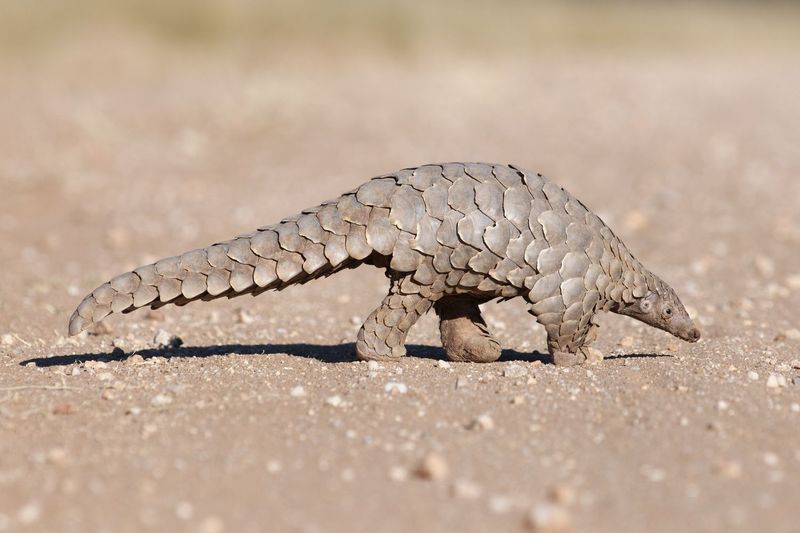
Pangolins are the introverts of the animal kingdom, preferring solitude over social gatherings. These nocturnal creatures spend most of their life alone, coming together only for mating purposes. This solitary lifestyle helps them conserve energy and focus on their primary activities: feeding and resting.
Each pangolin has its own territory, which it marks using scent glands. These territories can vary greatly in size, depending on the availability of food resources. A male pangolin may roam a larger area compared to females, in search of mates or new feeding grounds.
Their solitary existence is not just a lifestyle choice but a necessity for their survival. With their habitats increasingly threatened by deforestation and human encroachment, the ability to adapt and thrive independently is crucial. This behavior showcases the pangolin’s resilience and resourcefulness in an ever-changing world.
4. Unique Reproductive Traits
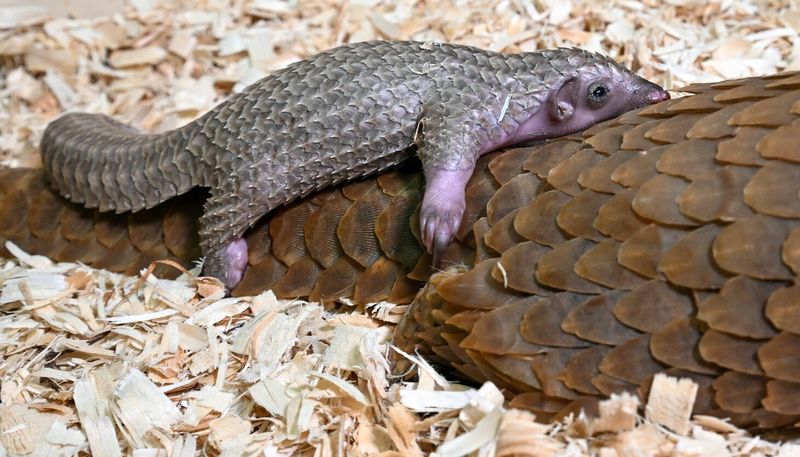
Pangolin reproduction is a rare glimpse into the gentler side of these armored creatures. Female pangolins typically give birth to a single offspring after a gestation period of about 140 days. Newborn pangolins are surprisingly vulnerable, with soft scales that harden as they grow.
Mother pangolins are intensely protective, carrying their young on their backs or curling around them defensively. This maternal bond is crucial for the survival of the young, providing them warmth and protection from predators.
Fascinatingly, pangolin mothers will leave their offspring in burrows while they forage for food. This behavior highlights the trust and independence nurtured in young pangolins early on. Witnessing a mother pangolin with her offspring is a testament to the delicate balance of nature, where even the most armored creatures exhibit tenderness and care.
5. Secretive Burrow Dwellers
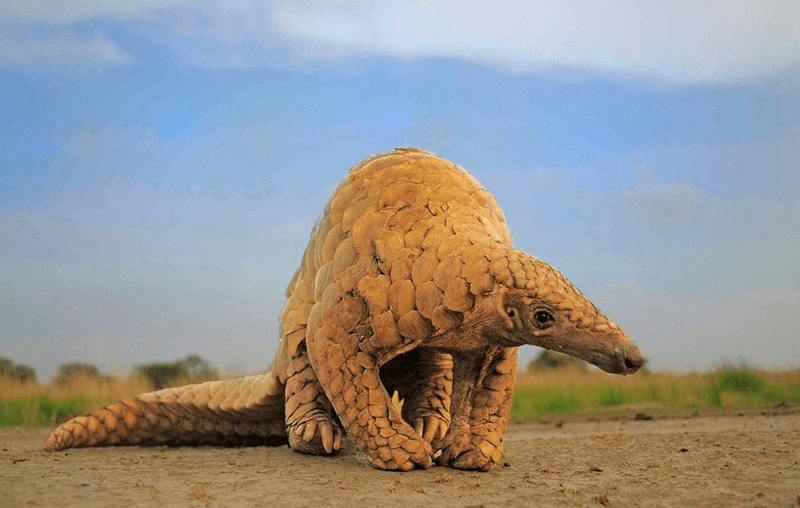
Pangolins are elusive architects of the animal kingdom, constructing intricate burrows that serve as homes and hiding spots. These burrows are not just simple holes; they can be complex networks with multiple entrances and chambers, camouflaged with leaves and soil.
The burrow serves multiple purposes: providing a cool refuge from the heat, a safe haven from predators, and a nursery for raising young. Pangolins have been known to take over abandoned burrows from other animals, showcasing their adaptability.
These hidden homes are crucial for their survival, offering protection and a controlled environment. The secretive nature of pangolins and their burrow-dwelling habits make them challenging to study in the wild, adding to the mystery and allure surrounding these fascinating creatures.
6. Dietary Specialization
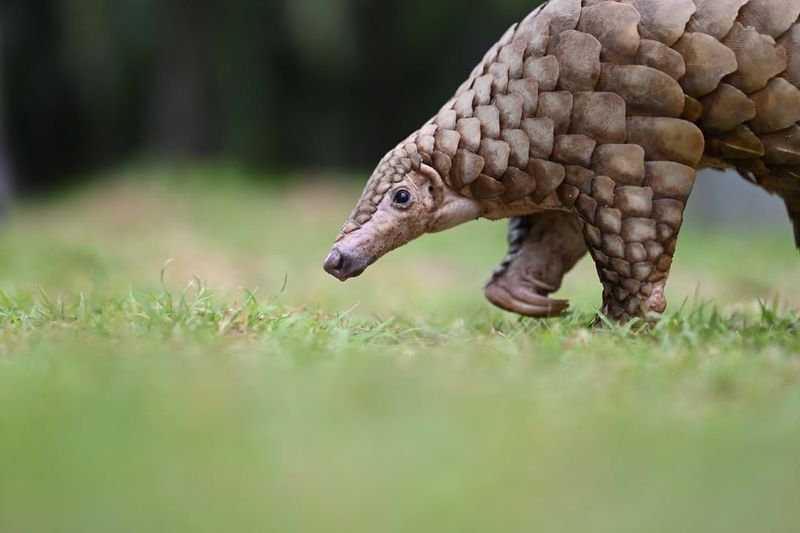
Pangolins are nature’s pest control experts, with a diet exclusively consisting of ants and termites. This dietary specialization requires them to consume an astonishing 70 million insects annually. Equipped with strong claws, they break open termite mounds and ant hills, using their long, sticky tongues to lap up the insects.
This unique diet has shaped their physiology, with pangolins lacking teeth and relying on a muscular stomach with keratinous spines to grind the insects. This process is akin to a bird’s gizzard, efficiently breaking down their prey.
Their role in the ecosystem is vital, controlling insect populations and maintaining balance. However, this specialization also makes them vulnerable, as habitat loss can directly impact their food supply. Pangolins remind us of the delicate interdependence within nature, where each creature plays a pivotal role.
7. Pangolin Conservation Challenges
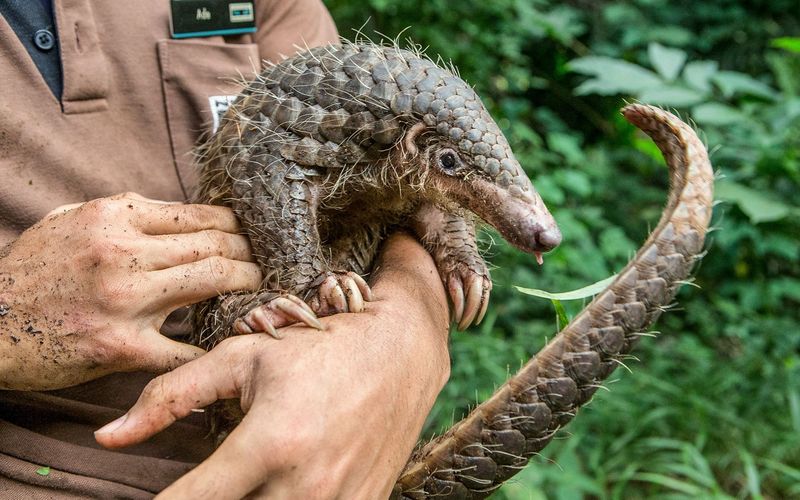
Pangolins face immense conservation challenges, primarily due to illegal trafficking and habitat destruction. As one of the most trafficked animals, their scales are in high demand for traditional medicine, despite lacking scientific backing for medicinal properties.
Conservationists are racing against time to protect these unique creatures. Efforts include stricter enforcement of wildlife laws, habitat preservation, and awareness campaigns to reduce demand for pangolin products.
Pangolins serve as a poignant reminder of human impact on wildlife. Protecting them requires global cooperation and education, emphasizing the need to cherish and preserve the biodiversity that pangolins represent. Their plight is a call to action for us all to participate in conservation efforts, ensuring these remarkable animals have a future.
8. Pangolin Species Diversity
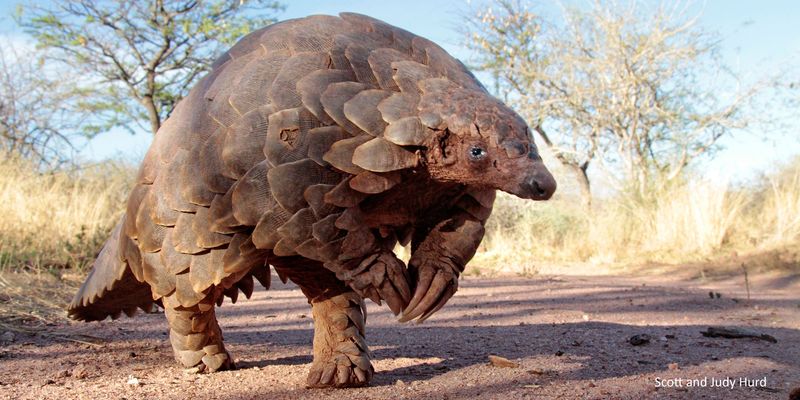
The world of pangolins is incredibly diverse, comprising eight distinct species across Africa and Asia. Each species has adapted to its environment, displaying variations in size, scale coloration, and habits.
In Africa, four species roam the savannahs and forests, including the Ground and Tree Pangolins. In Asia, species like the Indian and Chinese Pangolins have adapted to both terrestrial and arboreal lifestyles. Each species has its own unique traits, yet all share the common features that make pangolins so fascinating.
Understanding these species is crucial for conservation efforts, as each faces different threats based on its habitat. Highlighting the diversity among pangolins can inspire tailored conservation strategies, ensuring protection measures are as diverse as the species themselves. This diversity showcases nature’s resilience and the evolutionary marvels within the animal kingdom.
9. Pangolin Movement Mechanics
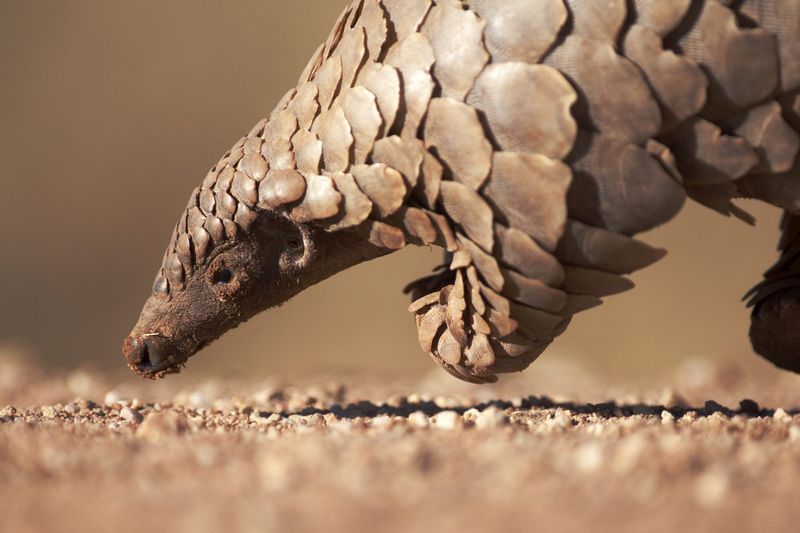
Pangolins exhibit a unique mode of locomotion, often walking on their hind legs, using their tail for balance. This bipedal movement, reminiscent of dinosaurs, is due to their forelimbs being adapted for digging rather than walking.
Their claws are perfect for tearing open insect nests but cumbersome for walking, prompting this distinctive gait. This adaptation allows them to traverse various terrains, from dense forests to open savannahs.
Their movement is not just a spectacle but a survival strategy, enabling them to swiftly navigate their environment while conserving energy. Observing a pangolin in motion is akin to watching a natural ballet, where every step is purposeful and graceful. This mechanical marvel adds to the pangolin’s mystique, showcasing the myriad ways evolution shapes life.
10. Pangolin’s Historical Reverence
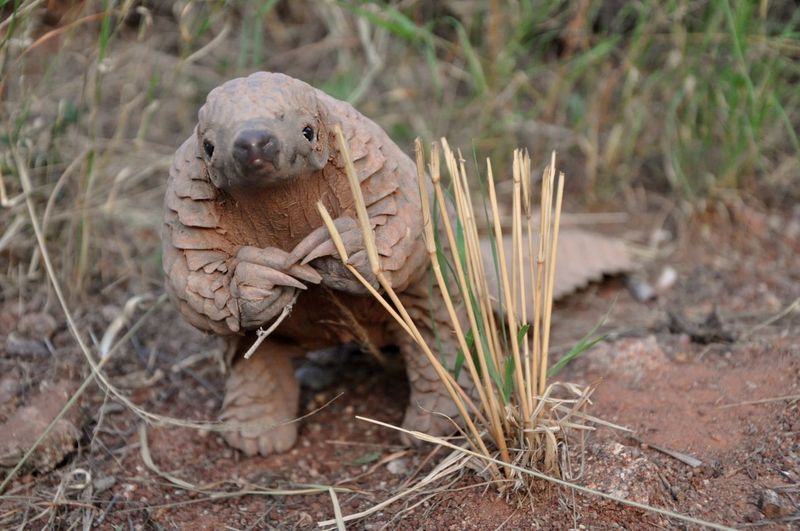
Throughout history, pangolins have held a place of reverence and intrigue. In various cultures, they are depicted in folklore and art, symbolizing protection and strength due to their armor-like scales.
In traditional African and Asian societies, pangolins were often considered mythical creatures, believed to ward off evil spirits. Their scales were used in rituals, believed to possess protective properties. These cultural narratives highlight the deep connection between humans and pangolins, showcasing the animal’s impact beyond ecological roles.
This historical reverence underscores the importance of preserving pangolin populations. As modern conservation efforts strive to protect these creatures, appreciating their cultural significance can foster deeper connections and commitments to their survival. Celebrating the pangolin’s place in history enriches our understanding of its role in human culture and the natural world.
11. Pangolin’s Role In Ecosystems
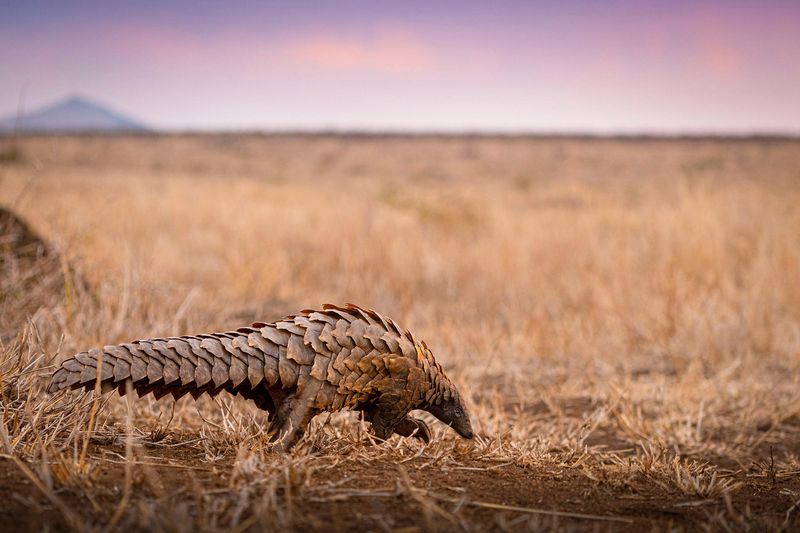
Pangolins are indispensable to their ecosystems, playing a crucial role in controlling insect populations. By consuming vast amounts of ants and termites, they maintain balance, preventing overpopulation of these insects that could devastate vegetation.
Their burrowing activities aerate the soil, promoting plant growth and contributing to the health of their habitats. This ecological role is a testament to the interconnectedness of nature, where each species contributes to the ecosystem’s overall health.
Supporting pangolin conservation is not just about saving a single species but preserving the intricate web of life they help sustain. Understanding their ecological significance fosters appreciation and commitment to conservation efforts, ensuring these gentle creatures continue to thrive and support their environment.
12. Pangolin’s Threats And Hope
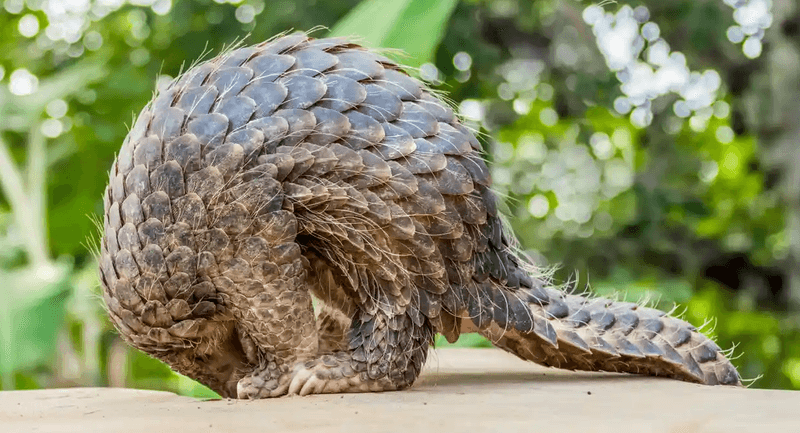
Despite the challenges, there is hope for pangolins through dedicated conservation efforts. Organizations worldwide are working tirelessly to rescue, rehabilitate, and reintroduce pangolins into the wild, providing a beacon of hope for their future.
Public awareness campaigns are crucial, educating communities about the importance of pangolins and the threats they face. By reducing demand for pangolin products and advocating for stronger legal protections, we can change the narrative.
Hope lies in our ability to act, ensuring that future generations inherit a world where pangolins roam free. By supporting initiatives that protect these creatures, we safeguard not only their existence but also the richness of biodiversity they represent. This shared responsibility highlights the potential for positive change, reminding us that hope is a powerful tool in conservation.

